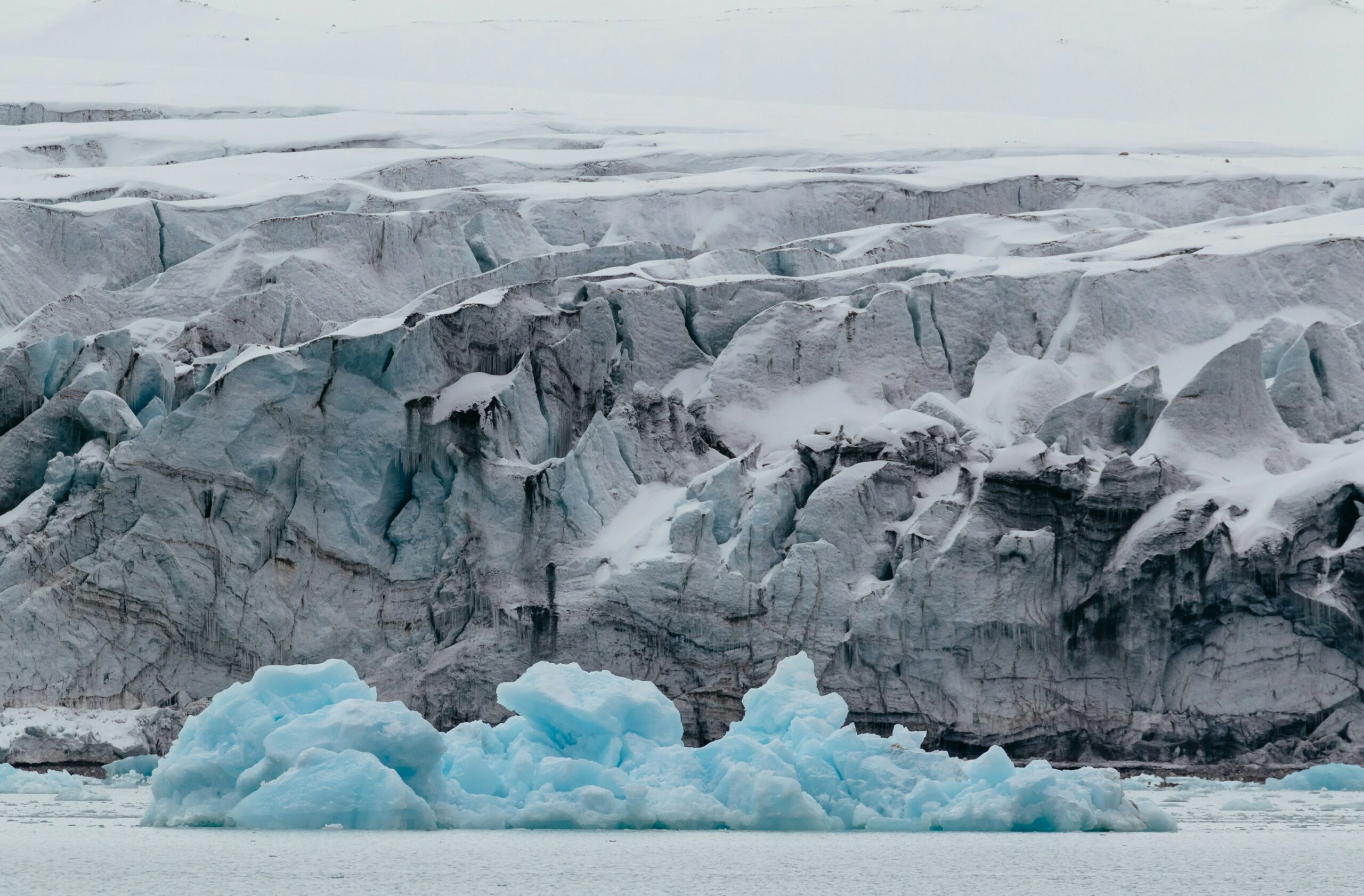From rising sea levels to melting glaciers, scientists constantly monitor climatic changes to better prepare for their impacts. But Earth’s atmosphere is warming faster than climatologists predicted. The Arctic, in particular, was predicted to warm about 2 times faster than the rest of the planet since 1979, but has instead warmed nearly 4 times faster. This indicates that more factors contribute to global warming than scientists know, especially in the Arctic.
A group of researchers set out to investigate one potential contributor: deposits of methane gas hidden beneath Arctic glaciers. Methane in the atmosphere traps heat radiating from Earth’s surface and reflects it onto our planet, warming it. This makes methane a greenhouse gas. These scientists wanted to know whether melting arctic glaciers were allowing methane to escape from beneath them and contribute to global warming.
The team studied a collection of arctic islands in a far northern part of Norway called Svalbard. They chose this region because temperatures in Svalbard are rising around 7 times faster than the global average, causing the territory to lose 30% of its glaciers in less than a century.
Geologists know that Svalbard has millions of cubic meters of methane sealed beneath its ice. These scientists hypothesized that when Svalbard’s glaciers melted, they would release methane into the atmosphere. How? Think of it like a soda bottle. When a glacier melts, the previously trapped groundwater and methane flow out to the surface, like carbonated soda does when you shake a bottle and open it.
When groundwater escapes to the surface, it forms a spring. The scientists wanted to measure how much methane is released from springs created by melting arctic glaciers. They selected 123 groundwater springs in areas exposed by the melting of 78 glaciers across central Svalbard.
The team drilled holes into the ice covering emerging springs. They took samples of the escaping groundwater immediately to limit the time methane had to escape, then sealed the samples in air-tight vials and transported them to a lab at Queen Mary University of London. They let the samples sit for at least 24 hours, allowing methane gas to escape from the water and occupy the air space at the top of each vial.
The scientists measured the methane released by each sample during that time by burning the gases that built up in its air space using a hydrogen flame. They identified how much of each gas was present based on the flame’s color and duration, using a method called gas chromatography. The team repeated this collection and analysis process over 2 years.
Then, the researchers used images from the Sentinel-2 satellites to find the surface area of these reservoirs of escaping methane, and found the depth of each site using a technology called ground-penetrating radar. They used surface areas, depths, and amounts of methane released from the samples to estimate the maximum and minimum amounts of methane the springs from each site released annually.
Previously, the main glacial source of methane studied was from the melting ice of the glacier itself, called glacial run-off, which picks up methane from surrounding soil as it flows out from the glacier in rivers. The researchers compared this source to the springs and found that the total calculated methane emissions across Svalbard’s glacial groundwater springs were similar to estimated glacial run-off emissions across the entire Greenland ice sheet, which is about 27 times larger than the region of Svalbard. The authors discussed how this is notable considering the emissions from Svalbard they calculated only accounted for methane emitted from these glacial groundwater springs, and didn’t include glacial run-off emissions.
Additionally, about 15% of Svalbard’s glaciers have melting ends that overlay water instead of land. The researchers pointed out that once these glaciers retreat enough to uncover land, they will likely reveal more methane-producing springs.
By replicating their techniques, this team said that scientists can now look beneath other Arctic glaciers to reevaluate their climate predictions and improve their models of atmospheric change. They suggested future scientists target glaciers with geologies that also suggest large pockets of methane beneath their surface, like in the Canadian and Russian Arctic. They concluded that understanding this newly discovered glacial methane source is another step towards better predicting Earth’s future.
Post Views: 45
